In nature, the food chain is an important part of the ecosystem. The animals at the top of the food chain are called top predators. They have no natural enemies and control the balance of the entire ecosystem. This article will take a deep look at which animals are at the top of the food chain and detail their importance in different ecosystems.
Tigers are the largest cats in the world and are found in forests, grasslands and wetlands in Asia. As predators at the top of the land food chain, tigers dominate their territory with their great strength, speed and agility.
Tigers feed on herbivores, including deer, wild boars, antelopes and buffaloes. They are independent hunters and usually catch their prey by ambush and surprise attacks. Tigers' powerful jaws and sharp claws allow them to easily subdue large prey.
As top predators, tigers maintain ecological balance by controlling the number of herbivores. Without tigers, the number of herbivores would increase rapidly, leading to excessive consumption of vegetation and thus destroying the entire ecosystem.
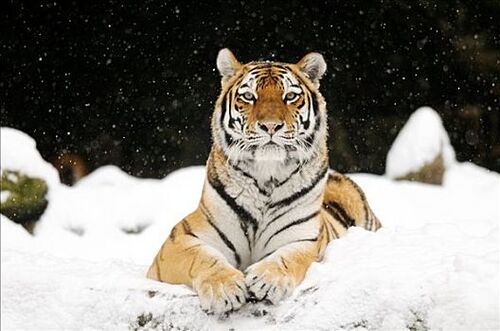
Lions are called "kings of the grasslands" and live in grasslands and savannas in Africa. Lions are the only cat species that live in groups, usually led by a male lion and a group of female lions living together.
Lions feed mainly on large herbivores, including zebras, antelopes, and buffaloes. They work as a team to round up prey, and this social hunting method greatly increases the success rate of hunting. Male lions are responsible for protecting territories and groups, while female lions are the main hunters.
As top predators, lions control the population of herbivores through hunting and prevent the over-consumption of grassland vegetation. They play a key role in maintaining the health and balance of the African grassland ecosystem.
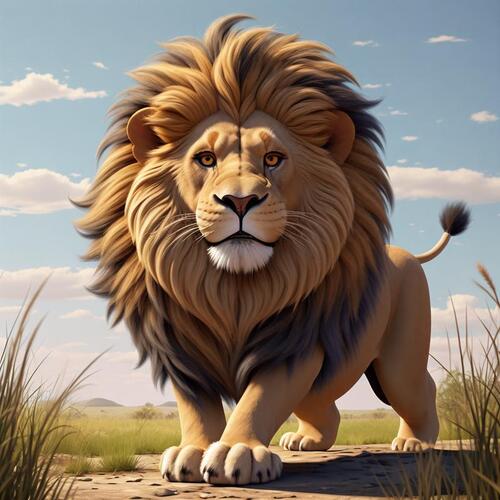
Polar bears are top predators living in the Arctic, known for their huge size and powerful hunting ability. They are the world's largest land carnivores, weighing up to 600 kilograms.
Polar bears prey mainly on seals, especially ringed seals. They hunt in ice-covered environments with their excellent swimming ability and cold-resistance, usually by lurking near the seal's breathing hole, waiting for prey to surface.
Polar bears maintain the balance of the food chain in the Arctic ecosystem by preying on seals and other marine mammals. Their predatory behavior affects the population dynamics of seals and other prey, thereby indirectly affecting the health of the marine ecosystem.
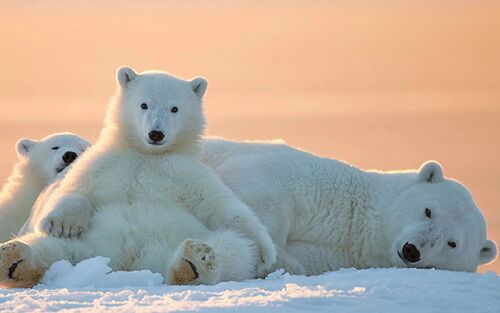
Orcas are the top predators in the ocean with almost no natural enemies. They are the largest dolphin species with a highly social group structure, usually living and hunting in family groups.
Killer whales have a wide range of diets, including fish, dolphins, seals, penguins, and even sharks and large whales. They are highly cooperative hunters, using complex strategies to capture prey. Different groups of killer whales choose different prey according to their environment and cultural habits.
As the top predator in the ocean, killer whales play a vital role in controlling the number and distribution of various species in the ocean. They regulate the number of prey populations through predation and maintain the stability of the marine food chain.
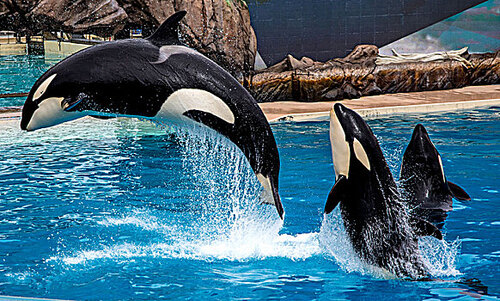
The great white shark is one of the most threatening top predators in the ocean, known for its powerful bite force and agile swimming speed. They are widely distributed in temperate and subtropical waters around the world, especially in coastal areas.
Great white sharks mainly prey on seals, sea lions, whale pups and large fish. They usually catch their prey by surprise, relying on their keen sense of smell and the ability to sense the electromagnetic waves of their prey, which enables them to accurately lock onto their targets even in the dark deep sea.
Great white sharks play an important role in the marine ecosystem, controlling the population size of their prey through predation and preventing the over-reproduction of a certain species. In addition, their presence also indirectly affects the behavior and habitat selection of other predators.

African wild dogs are one of the most efficient hunters on the African grasslands, with a hunting success rate of up to 80%. They are highly social animals that live in groups and hunt in teams.
African wild dogs usually prey on small and medium-sized herbivores, such as gazelles, antelopes, and zebra cubs. They are known for their endurance and speed, and usually catch their prey by chasing and besieging. The entire group works together to ensure a successful hunt.
African wild dogs play an important regulatory role in grassland ecosystems. They control the number of prey populations through efficient hunting behavior and prevent the destruction of grassland ecosystems. Their hunting behavior also provides a food source for other scavengers.
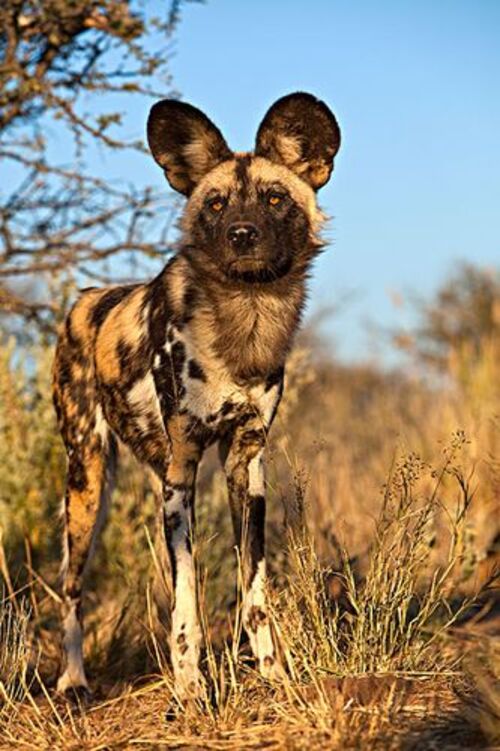
Bald Eagles are the top predators in the skies of North America, dominating the sky with their sharp eyesight and powerful flying ability. They have sharp claws and strong beaks, which can easily catch prey.
Bald eagles mainly feed on fish, but they also prey on small mammals, birds and reptiles. Their hunting methods are flexible and varied, and sometimes they dive directly from the air to catch prey in the water.
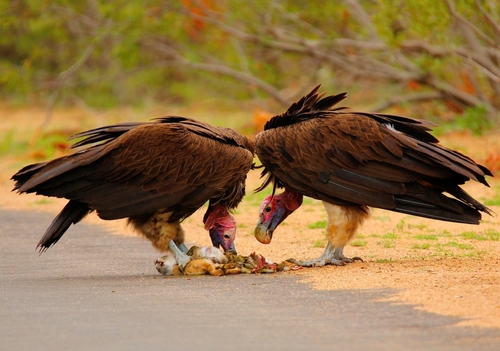
Vultures are important ecological regulators, controlling the number of fish and small animals through predation. They also maintain the cleanliness of the ecosystem through scavenging and reduce the pollution of carrion to the environment.
Snow leopards are top predators living in the high mountains of Central and South Asia, and are known for their superb concealment and hunting abilities. They are strong and densely covered in hair, adapted to the cold environment, and usually live in high mountains at an altitude of 3,000 to 4,500 meters.
Snow leopards mainly prey on large herbivores such as mountain goats, blue sheep, and wild goats. They approach their prey by lurking, and then pounce on them at a very fast speed. Snow leopards are extremely enduring and can track for a long time in extreme environments.
Snow leopards maintain ecological balance by preying on herbivores in alpine areas. Their control over prey populations prevents grasslands from excessive degradation, thus protecting the alpine ecosystem.
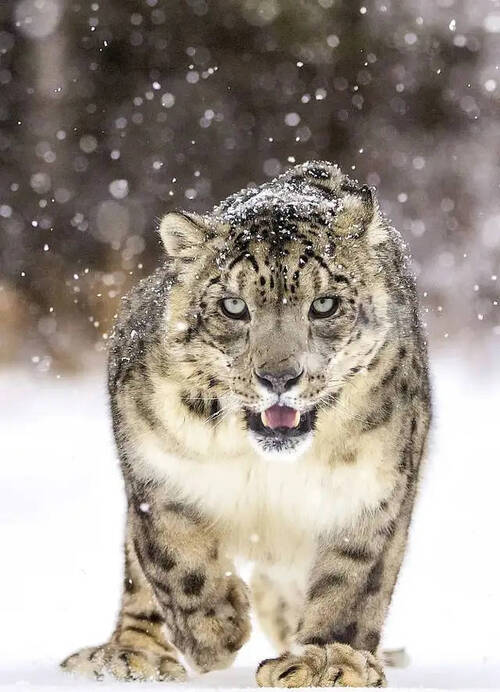
Golden eagles are one of the most threatening birds of prey worldwide, dominating the sky with their excellent vision and powerful flying skills. They are widely distributed in mountainous and grassland areas in North America, Europe, and Asia.
Golden eagles feed on small mammals such as rabbits, squirrels, and snakes, and also hunt other birds and small reptiles. They usually hover in the sky, looking for prey on the ground, and then quickly dive to make precise kills.
Golden eagles regulate the population of small mammals and birds through hunting, and maintain the balance of mountain and grassland ecosystems. Their existence also creates competitive pressure on other predatory birds.
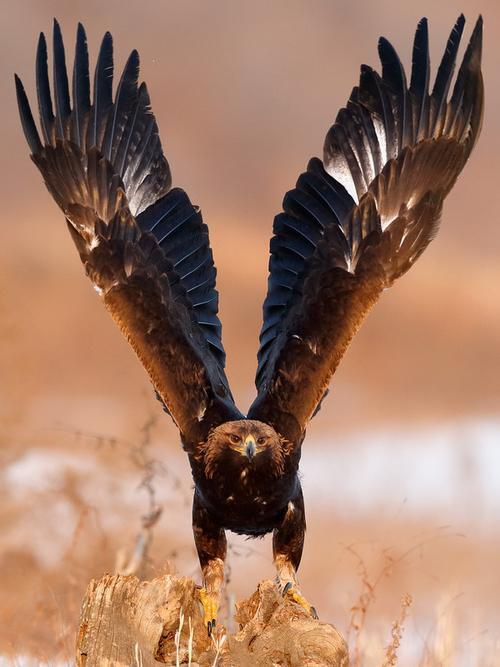
Komodo dragons are large lizards living in Indonesia, up to 3 meters long and weighing up to 90 kilograms. They are the top predators of island ecosystems and have no natural enemies.
Komodo dragons are opportunistic predators that prey on large animals such as deer, wild boars and buffalo. They have a strong bite force and their saliva contains deadly toxins. They usually bite their prey and wait for it to bleed to death before slowly eating it.
Komodo dragons regulate the number of herbivores on the island by preying on large animals and preventing over-consumption of plant resources. They are vital to the health and stability of the island ecosystem.
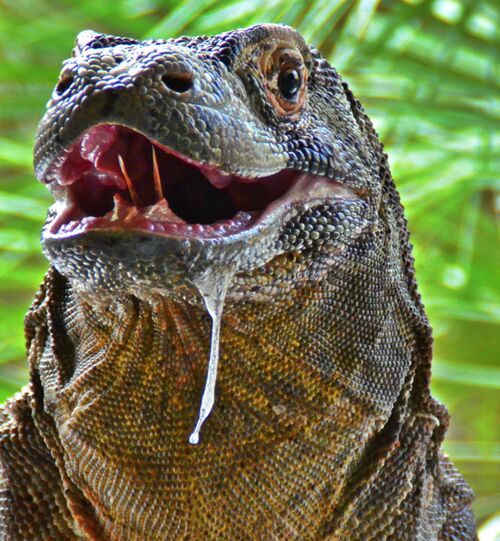
These top predators not only dominate the food chain and maintain the balance of their respective ecosystems, but also develop unique hunting skills and survival strategies during the evolution process. Understanding their behavior and role not only allows us to better understand the complexity of nature, but also reminds us to cherish and protect these amazing creatures and their habitats.
From a biological perspective, humans are not exactly at the top of the food chain, as "top of the food chain" usually refers to top predators with no natural enemies. Although humans have no natural enemies and are technologically very capable of hunting, farming, and obtaining food, their position is more complex. Animals at the top of the food chain often rely on natural instincts and physical abilities to hunt, while humans use technology, agriculture, and tools to change the food chain and the natural environment.
Universal omnivore: Humans are omnivores with an extremely wide range of diets, including plants, animals, and other sources of nutrition. Unlike other specialized predators, humans can obtain food through agriculture and animal husbandry, rather than relying on natural hunting.
Cultural and Technological Advancement: Humans rely on tools, technology, and social organization to obtain food, unlike other predators at the top of the food chain. Through agriculture, fisheries, and animal husbandry, humans do not need to hunt wild animals directly to survive.
Ecosystem Impact: Humans have a greater impact on ecosystems than other animals in nature. Not only are we part of the food chain, we also change and control the natural environment through pollution, climate change, and invasive species. In many cases, humans play the role of "ecological controllers" through technology.
In the traditional natural food chain, top predators like tigers, lions, sharks, etc., are at the top of the food chain through their own strength, speed, and hunting skills. Although humans have no natural enemies, they have changed the structure of the food chain through knowledge, tools and culture, which makes it impossible to measure humans simply by the standard of "predators".
According to biologists, human eating habits and methods show that we are complex omnivores, rather than typical top predators in the food chain. We can choose to eat plant-based foods, animal-based foods, or even completely artificial foods.
Conclusion: Although humans can be considered to be at the top of the food chain from a certain perspective because we have no natural enemies, we control nature more through technology and culture. Humans do not rely on instinctive hunting to survive like traditional top predators, but stand at the top of the food chain through complex social structures and technology.
animal tags: Komodo-dragon golden-eagle snow-leopard vulture African-wild-dog great-white shark killer-whale polar-bear lion tiger
We created this article in conjunction with AI technology, then made sure it was fact-checked and edited by a Animals Top editor.